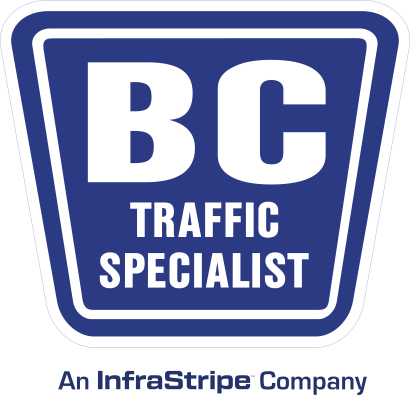A work zone is an area where roadwork takes place and may involve lane closures, detours and moving equipment. Highway work zones are set up according to the type of road and the work to be done on the road. Work zones on U.S. highways have become increasingly dangerous places for both workers and drivers.
Any construction zone is potentially dangerous, but the ones on the highway are especially deadly because of the high speeds vehicles are moving at. Some of the common dangers that construction zones pose for motorcycle riders include: Loose gravel and debris.
Rear-end crashes (running into the rear of a slowing or stopping vehicle) are the most common type of work zone crash. Fatal work zone crashes occur most often in summer and fall. The majority of fatal work zone crashes occurred on roads with speed limits greater than 50 mph
When driving through work zones, you should: turn on your flashers; drive slowly; and use your brake lights to warn drivers behind you. In some situations, you may need to drive slower than the work zone speed limit if weather conditions and traffic patterns dictate. Doing so can put construction workers and other motorists in danger, and result in a hefty fine.A work zone is an area where roadwork takes place and may involve lane closures, detours and moving equipment. According to the National Safety Council, over 100 road construction workers are killed in construction zones each year.
Most signs in work areas are diamond-shaped, although a few signs are rectangular. Orange is the basic color of these signs and warning devices
Under California Vehicle Code Section 22362 VC, a motorist is presumed to be in violation of the State's basic speeding law if "speeding" within 400 feet of a construction zone. Vehicle Code 22362 states that speed limits within construction zones can be set as low as 25 miles per hour.
Regulatory construction speed limit signs are erected in construction workzones lowering speed limits, i.e. from 70 mph or 65 mph to 55 mph or from 55 mph to 45 mph, and apply when normal conditions do not exist (narrow lanes, edge drop-offs, lane reduction, etc.) for the motorist.
And the common-sense regulations just keep on rollin'. If as a result of a sharp shoulder or other road hazards the speed limit remains at 50 km/h, “if there are no workers present, speeding fines will not be doubled.
Construction Zone Double Fines. . In addition to the reduced speed, any violation that occurs within a construction work zone is subject to double fines. This means, for example, any lane change violation or other traffic infraction carries twice the amount of the normal fine.
The fine for a first offense when speeding in a construction zone is a minimum of $375. The fine may be even more, depending on how fast you were driving in the construction zone. .The most severe penalties are triggered when you are driving 35 miles per hour or more over the speed limit.
The minimum highway work zone speed limit is 20 miles per hour. The work zonespeed limit must not reduce the established speed limit on the affected street or highway by more than 15 miles per hour, except that the highway work zone speed limit must not exceed 40 miles per hour.
The penalties for speeding in a construction zone are even more severe. A first offense carries a minimum fine of $375 while a subsequent infraction carries a minimum $1,000 fine. It doesn't matter if workers were present in the site or not , you can still face charges.
Driving 1 to 10 miles per hour over the posted speed limit will result in 3 points. 11 to 20 miles per hour over the speed limit posted in a work zone will result in 4 points. The minimum fines will double that of a normal speeding violation
Speeding in a construction zone (625 ILCS 5/11-605.1)
Speeding in a construction zone is a petty offense, punishable by up to a $1000 fine, and a minimum fine of $250 for a first offense, a minimum fine of $750 for a second or subsequent offense, plus a $125 “hire-back fund” assessment..
1,269 road construction worker deaths occurred at construction sites from 2003 through 2016. This accounted for about 9 percent of all construction fatalities each year.
Work zones in particular cause about 24 percent of nonrecurring congestion and 10 percent of all congestion. As such, work zones affect the overall mobility of a highway, having a reach that extends well beyond the limits of the construction area.
Out of every 5,000 private-industry worker fatalities, 20 percent are in construction. That means one out of every five worker deaths is construction-related! Construction also results in many non-fatal injuries that cost companies millions of dollars per year


